In the ocean a mysterious gang of bioluminescent creatures thrive. These glowing marine animals have evolved to emit their own light, a mesmerizing adaptation to their dark surroundings. Whether for communication, camouflage, or hunting, bioluminescence serves various purposes in the marine world. Let’s dive into this fascinating phenomenon and explore ten marine animals that light up the depths with their glow.
1. Anglerfish
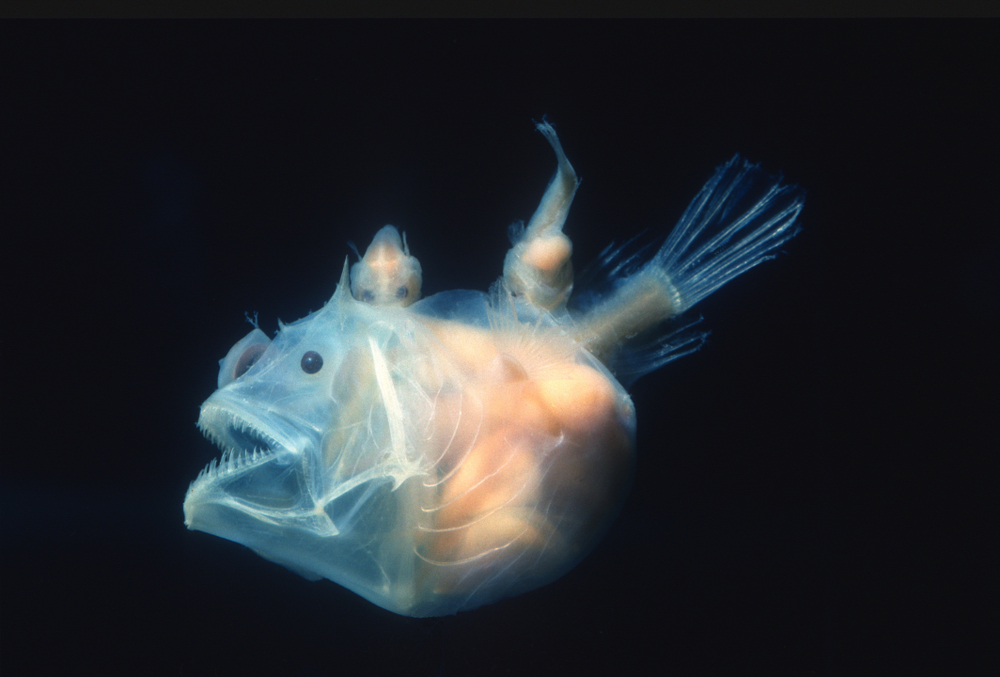
You may have seen the anglerfish in animated films, but their real-life glow is even more captivating. These eerie fish sport a bioluminescent lure on their head that serves as a beacon in the ocean’s pitch-black depths. This glowing appendage attracts prey directly to the anglerfish’s mouth, making it an effective hunting tool. According to a study in the journal *Marine Biology*, this natural light grants anglerfish a significant predatory advantage, ensuring their survival in the deep sea.
Beyond hunting, the anglerfish’s glow might also play a role in attracting mates. In some species, only the females possess the illuminated lure, potentially signaling their readiness to reproduce. The glow acts as a spotlight in the dark ocean, guiding potential mates through the murky waters. It’s an eerie yet ingenious adaptation in the vast, dark expanse of the ocean.
2. Comb Jellies
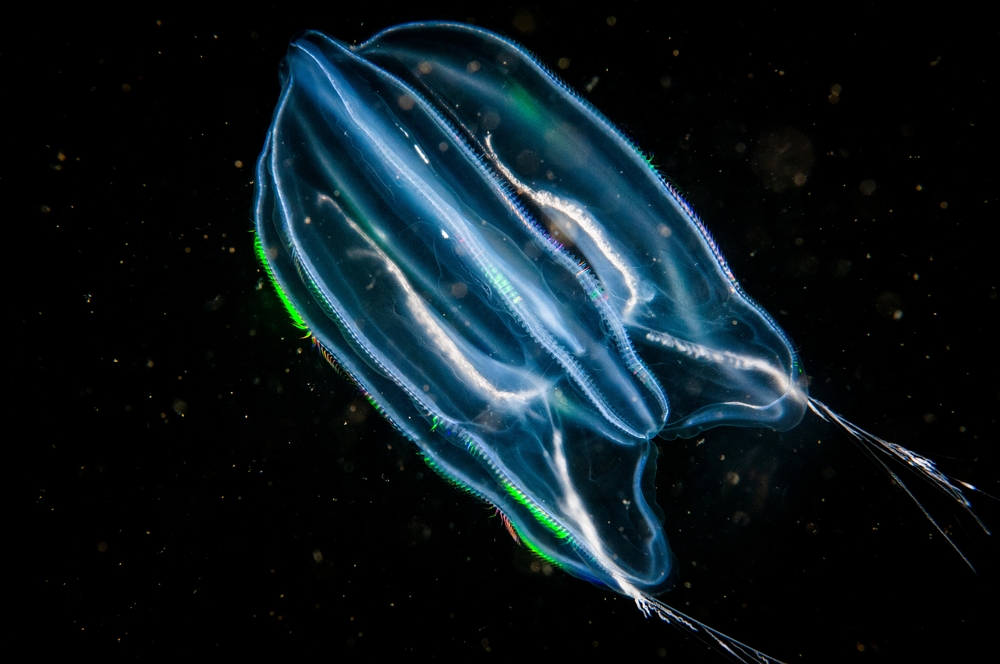
Comb jellies, or ctenophores, are known for their stunning, rainbow-colored bioluminescence. Unlike jellyfish, they don’t have stinging cells; their glow comes from rows of cilia that refract light as they swim. This creates a mesmerizing, shimmering effect that captivates anyone lucky enough to witness it. The light show is not just for aesthetics—it’s believed to confuse predators and deter them from attacking.
You might think that this beautiful display could attract unwanted attention, but it’s actually a clever survival strategy. By emitting light, comb jellies can startle potential threats, giving them a chance to escape. Additionally, their transparency helps them blend into their surroundings, adding another layer of defense. It’s a delicate balance between being seen and staying hidden, a true testament to nature’s ingenuity.
3. Firefly Squid
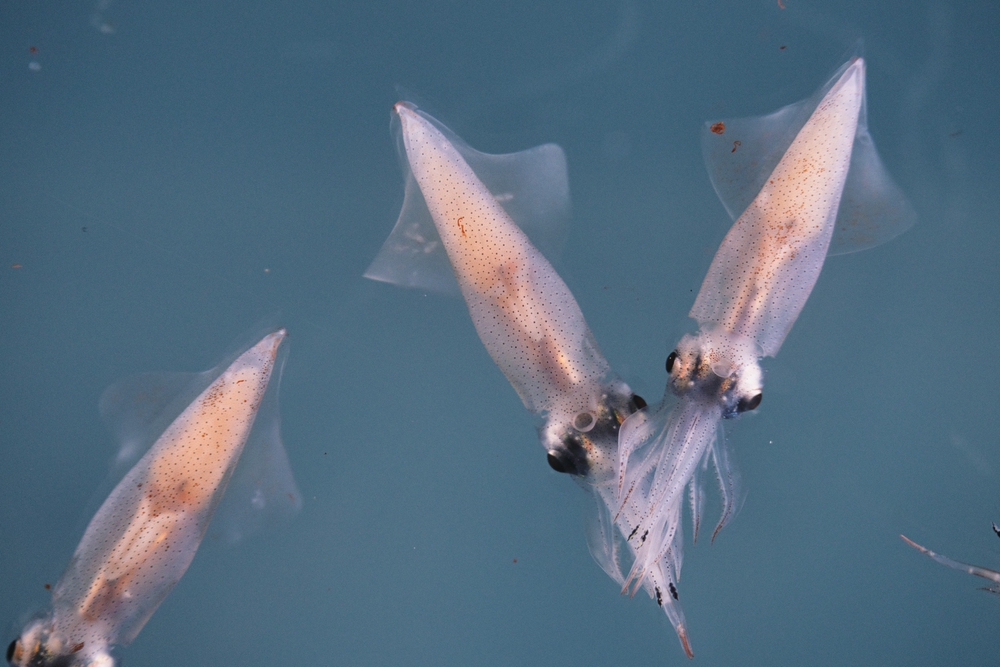
The firefly squid, native to the waters off Japan, is famous for its dazzling light displays. Each year, thousands of these tiny creatures gather, creating a breathtaking spectacle as their bioluminescent bodies illuminate the ocean. According to marine biologist James Morin, the firefly squid’s glow serves multiple purposes, from communication to warding off predators. Their light show is a vibrant display of the complex and adaptive behavior found in marine life.
The squid’s glow is controlled by specialized organs called photophores, which can adjust the intensity and pattern of the light emitted. In the dark depths of the ocean, these signals can help squids communicate with one another, coordinating movements and possibly even finding mates. Additionally, their light can deter predators by confusing or startling them. The firefly squid’s bioluminescence is a prime example of how marine animals have adapted to thrive in their unique environments.
4. Deep-Sea Dragonfish
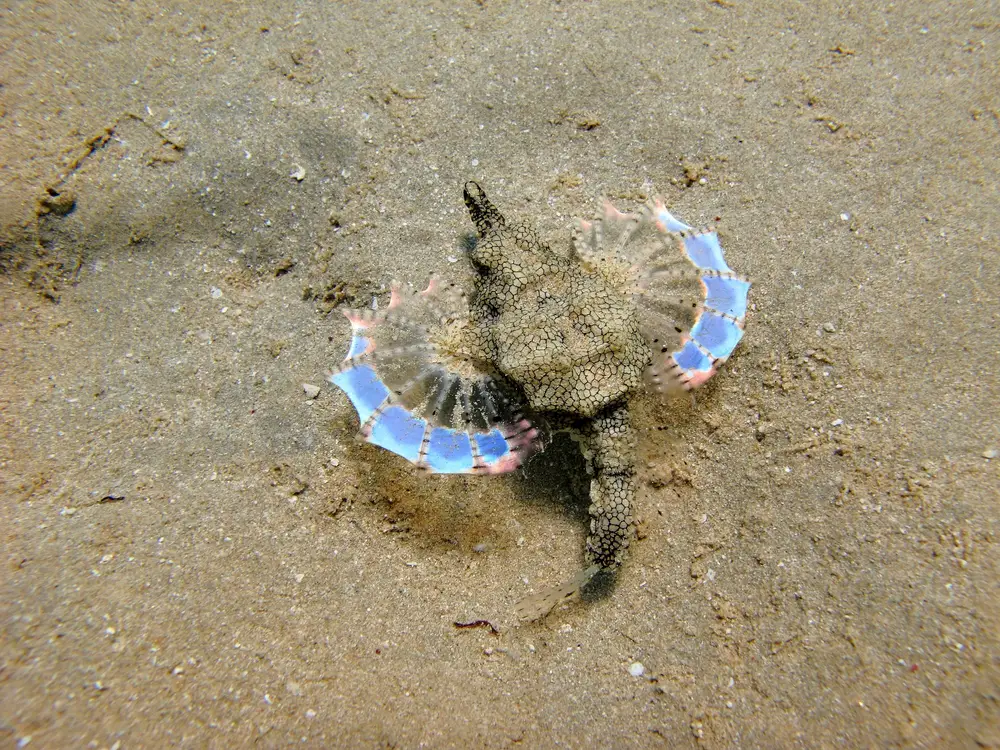
Lurking in the deep sea, the dragonfish is both alluring and terrifying. These fish are equipped with a bioluminescent barbel that hangs from their chin, helping to attract prey in the gloom. The dragonfish can also produce light from its entire body, a feature that serves the dual purpose of camouflage and communication. In the dark ocean, this natural glow can make the dragonfish nearly invisible to predators below, blending seamlessly with the faint light from above.
But the dragonfish’s bioluminescence isn’t just for hiding. They also use their glow to communicate with potential mates, signaling their presence in the vast, dark waters. This ability to both hide and seek through light is a remarkable adaptation to the challenges of deep-sea life. In the shadowy depths, the dragonfish reigns as a master of light manipulation.
5. Glowing Coral
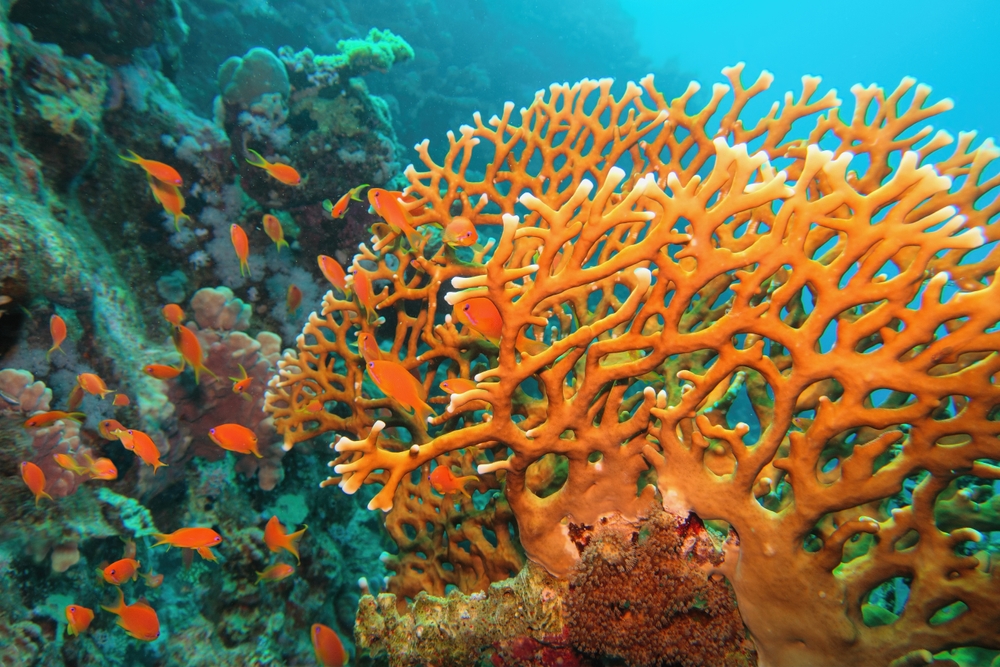
Corals, those vibrant architects of the underwater world, can also glow brilliantly in the dark. Certain species of coral produce fluorescent proteins that emit light when exposed to specific wavelengths. This bioluminescence serves multiple functions, from protection against harmful ultraviolet rays to attracting prey. Recent research published in the journal *Nature* suggests that the glow may even play a role in coral health by promoting photosynthesis in symbiotic algae.
Beyond their practical uses, the corals’ glow adds an enchanting layer to the marine landscape. They create underwater gardens of light that are as functional as they are beautiful. The glow can help corals attract small prey, such as plankton, by mimicking the appearance of the open ocean. These glowing ecosystems are not only a visual feast but also a testament to the dynamic interplay of life beneath the waves.
6. Lanternfish
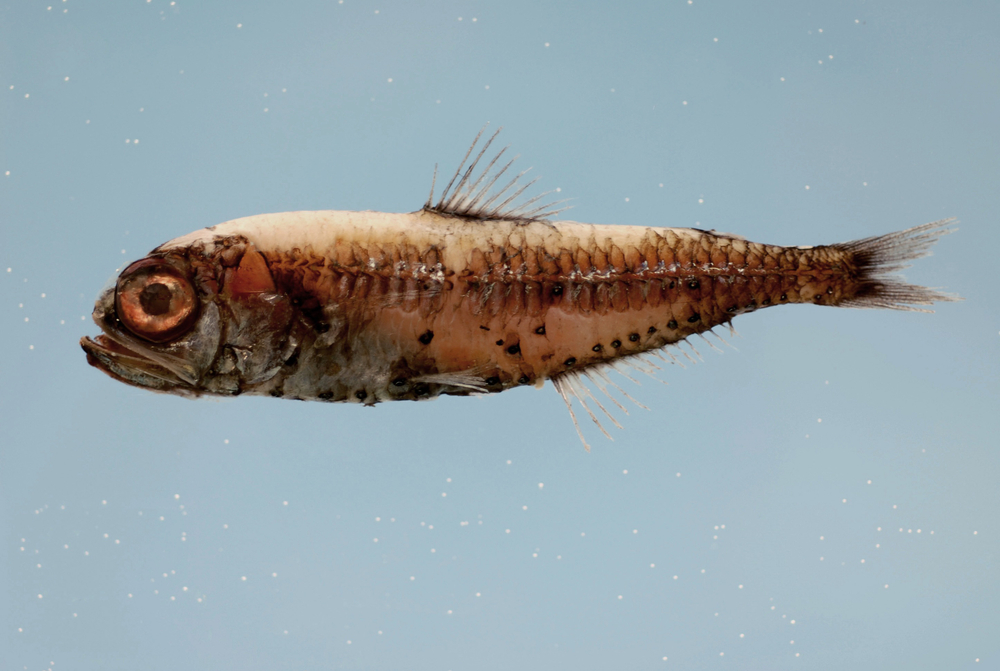
Lanternfish, aptly named for their luminescent bodies, are some of the most common bioluminescent creatures in the ocean. These small fish have rows of photophores along their bodies, which they use to create a glow that confuses predators and lures prey. By controlling the intensity and pattern of their light, lanternfish can effectively disappear into the ocean’s backdrop—a phenomenon known as counterillumination.
Their glow is not just a defensive tactic; it also plays a crucial role in their social interactions. Lanternfish use their bioluminescence to communicate with one another, signaling danger or coordinating movements during migration. This light-based communication system is an effective adaptation to the challenges of deep-sea living. Through their glow, lanternfish maintain a delicate balance between visibility and invisibility.
7. Atolla Jellyfish
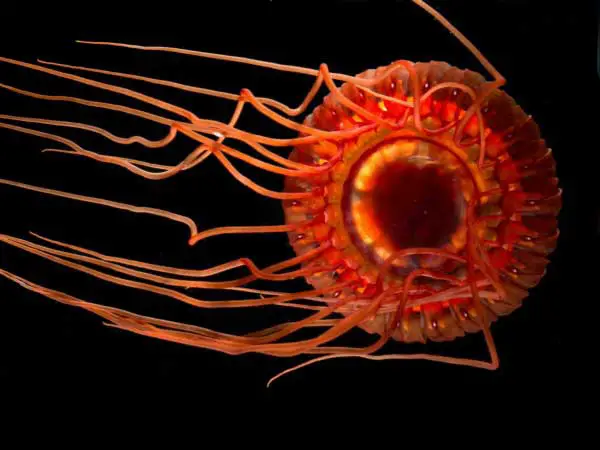
The Atolla jellyfish, with its stunning bioluminescent displays, is a true spectacle of the deep sea. Known for its hypnotic, pulsing glow, this jellyfish uses light as a defense mechanism. When threatened, the Atolla jellyfish emits a bright burst of light, a phenomenon known as a “burglar alarm.” According to marine ecologist Edith Widder, this alarm is designed to attract larger predators to its attacker, allowing the jellyfish to escape.
The jellyfish’s glow is not only a survival tool but also a captivating natural wonder. Its ability to produce such intense light in the dark ocean highlights the incredible adaptations of deep-sea creatures. The Atolla jellyfish’s bioluminescence is a dynamic display of life thriving in one of Earth’s most challenging environments. It’s a reminder of the awe-inspiring complexity and beauty found beneath the waves.
8. Viperfish
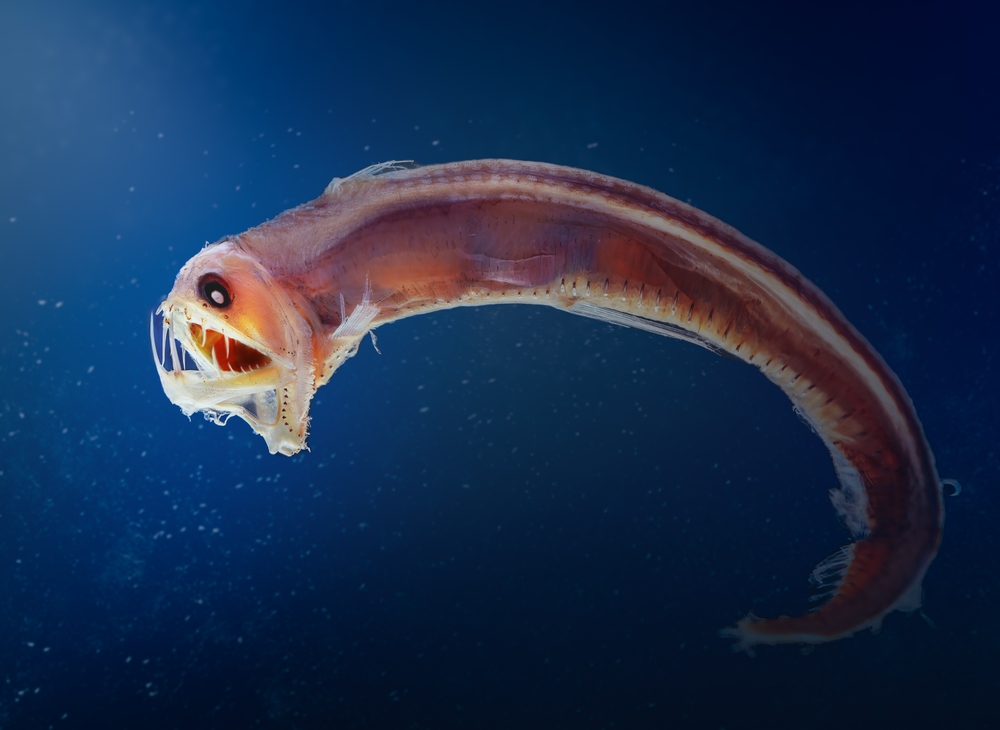
The viperfish is a fearsome predator of the deep, its bioluminescent lure making it both alluring and deadly. This glow is emitted from photophores located along its body and a distinctive organ on its dorsal fin. In the dark, these lights can attract unsuspecting prey, drawing them close enough for the viperfish to strike. This adaptation is crucial for survival in the deep sea, where food can be scarce.
The viperfish’s light also serves a defensive purpose, helping it blend into the ocean’s dim backdrop. By adjusting the intensity of its glow, the viperfish can become nearly invisible to predators lurking below. This dual function of attraction and evasion makes the viperfish a master of the deep-sea environment. It’s a fascinating example of how marine life has evolved to navigate the challenges of its surroundings.
9. Glowing Sea Turtles
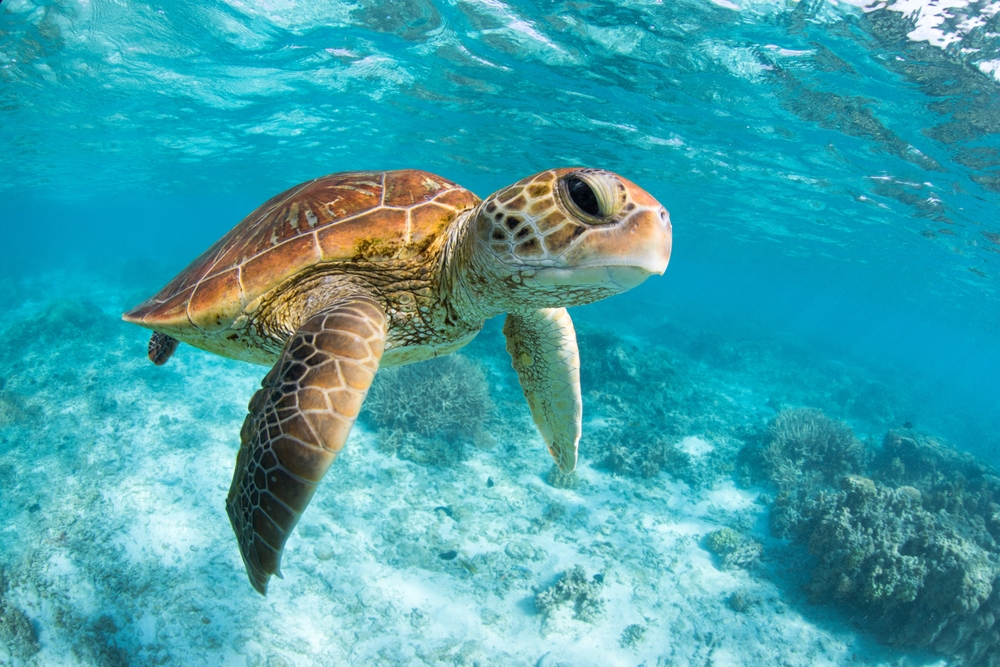
In some regions, sea turtles have been observed emitting a subtle glow, a recent discovery that has intrigued marine biologists. This fluorescence is not true bioluminescence but rather a reflection of ambient light, enhanced by the turtle’s shell and skin. The glow may play a role in social interactions, possibly helping turtles identify each other or communicate in the vast ocean. This phenomenon adds a new layer of mystery to these already captivating creatures.
The discovery of glowing sea turtles has sparked curiosity and further research into their behavior and ecology. Scientists are keen to understand the implications of this fluorescence and what it reveals about turtle biology. The glow is a reminder of the ocean’s many secrets, waiting to be uncovered. While the exact purpose remains unclear, the sight of a glowing sea turtle is undeniably magical.
10. Bioluminescent Plankton
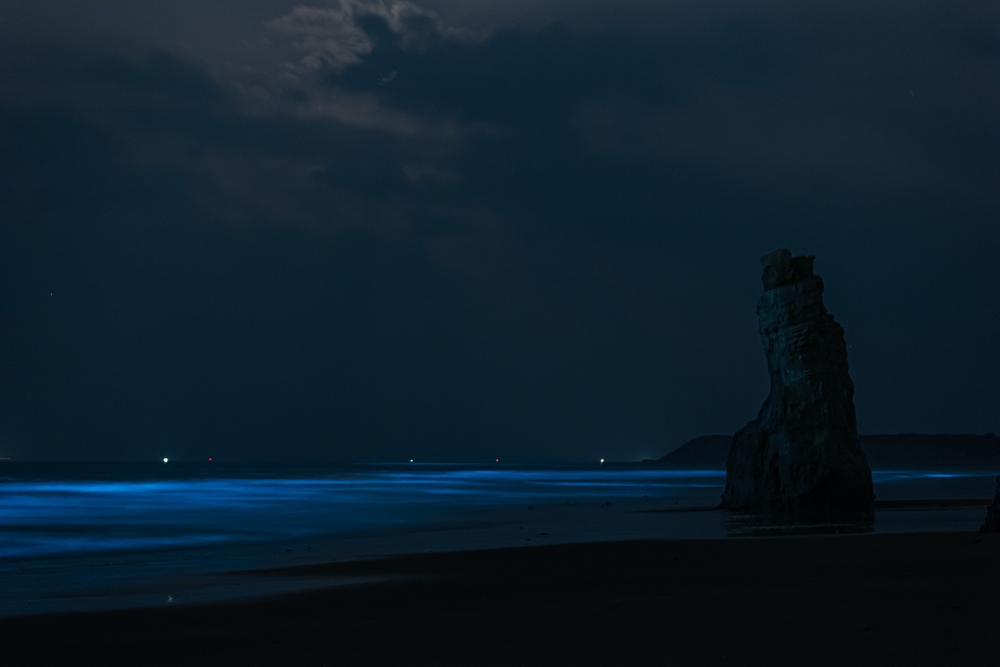
While they might be tiny, bioluminescent plankton create some of the ocean’s most magical light displays. These microscopic organisms emit light when disturbed, resulting in sparkling waves and glowing footprints along the shoreline. The glow is a defense mechanism, deterring predators by making the plankton appear larger or warning of danger. This light show is not only a natural wonder but also a vital part of marine ecosystems.
The bioluminescence of plankton also plays a crucial role in the ocean’s food chain. The glow can attract larger predators, creating a dynamic interaction between different marine species. For people, witnessing bioluminescent plankton is an unforgettable experience, offering a glimpse into the ocean’s hidden world. It’s a spectacular reminder of the beauty and complexity of life beneath the sea’s surface.
